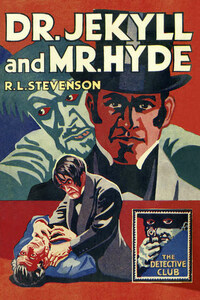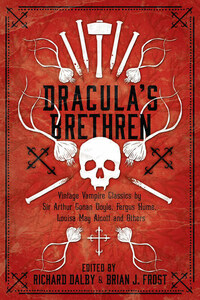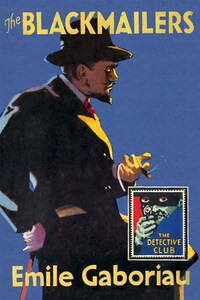Published by COLLINS CRIME CLUB
An imprint of HarperCollinsPublishers Ltd
1 London Bridge Street
London SE1 9GF
www.harpercollins.co.uk
First published in Great Britain as Strange Case of Dr. Jekyll and Mr. Hyde
by Longmans, Green & Co. 1886
Published as Dr Jekyll and Mr Hyde by The Detective Story Club Ltd
for Wm Collins Sons & Co. Ltd 1929
‘The Body Snatcher’ first published by Pall Mall Gazette 1884
‘Markheim’ first published in Unwin’s Christmas Annual 1885
The Untold Sequel of the Strange Case of Dr. Jekyll and Mr. Hyde
first published by Pinckney Pub. Co. 1890
‘Dr Jekyl’ first published by The Christopher Publishing House 1931
Introduction © Richard Dalby 2015
Cover design © HarperCollinsPublishers Ltd 1929, 2015
A catalogue copy of this book is available from the British Library.
This novel is entirely a work of fiction. The names, characters and incidents portrayed in it are the work of the author’s imagination. Any resemblance to actual persons, living or dead, events or localities is entirely coincidental.
All rights reserved under International and Pan-American Copyright Conventions. By payment of the required fees, you have been granted the non-exclusive, non-transferable right to access and read the text of this e-book on screen. No part of this text may be reproduced, transmitted, down-loaded, decompiled, reverse engineered, or stored in or introduced into any information storage and retrieval system, in any form or by any means, whether electronic or mechanical, now known or hereinafter invented, without the express written permission of HarperCollins.
Source ISBN: 9780008137212
Ebook Edition © August 2015 ISBN: 9780008137229
Version: 2015-08-19
AS a modest and self-effacing author who was initially convinced that ‘my fame will not last more than four years’, Robert Louis Stevenson would have been amazed at his subsequent great fame and renown. Celebrated as a brilliant essayist, novelist and children’s poet, in a literary career that lasted barely twenty years, he was also a master of finely wrought horror, culminating in his celebrated ‘shilling shocker’, Strange Case of Dr. Jekyll and Mr. Hyde, in 1886.
A tormented, guilt-ridden work, Jekyll and Hyde grew out of Stevenson’s early youth in Edinburgh during which he became obsessed by a long series of sequential dreams. In these nightmares he led a double life, working by day in a horrific surgery and roaming the streets of the old town by night. This existence only stopped when he was given a powerful opiate by his doctor. Today, when the control or change of personality by drugs is taken for granted, Stevenson’s premise has become far less fantastic.
Robert Lewis Balfour Stevenson was born on 13 November 1850, changing his second name to ‘Louis’ at the age of eighteen. Most of the family on his father’s side were successful engineers, especially in the design of lighthouses.
In his early years, the young Robert was never able to tolerate his ‘respectable’ background, and became fascinated by the back streets of Edinburgh and the ‘dregs of humanity’ he found there. He also observed the dreadful changes directly caused by alcohol in his close friend Walter Ferrier.
Many dramatic stories of this era described horrifying mental disintegration resulting from drugs, opiates and the ‘demon drink’, notably Bram Stoker’s first serialised novel, The Primrose Path (1875), which incorporated touches of weird fantasy and allegory, ending with a grisly murder and suicide.
The young Stevenson’s first love was the beautiful Kate Drummond, but their marriage plans were quashed when his father threatened to stop his allowance. Robert gave in but never forgave himself when Kate had a breakdown and succumbed to a life of squalor.
During his youth, Stevenson read many ‘penny dreadfuls’ and other accounts of crime and murder (fact and fiction), and always held a keen interest in the supernatural and the uncanny ways in which the human brain can distort reality. His own short stories are often distinguished by psychological insight together with a deft handling of horror. Stevenson’s first ‘crawler’ (his own pet name for horror stories) was ‘The Body Snatcher’, written in 1881 and inspired by the notorious exploits of Burke and Hare. He shelved the story for three years ‘in a justifiable disgust, the tale being horrid’, but it eventually appeared in the Christmas number of the










